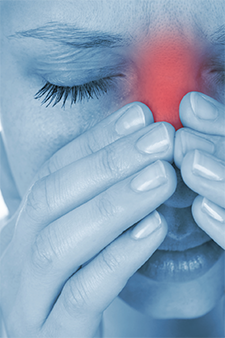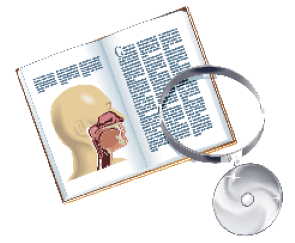Hereditary hemorrhagic telangiectasia (HHT), also known as Osler-Weber-Rendu syndrome, often manifests with epistaxis.


Hereditary hemorrhagic telangiectasia (HHT), also known as Osler-Weber-Rendu syndrome, often manifests with epistaxis.
The number of BSPs increased at a substantially greater rate since the introduction of CPT codes

The benefits of cocaine are unique in terms of its singular ability to both vasoconstrict and anesthetize the nasal mucosa
Patients with chronic rhinosinusitis who are depressed are more likely to miss days of work or school than those without depression symptoms
Laboratory and imaging studies have limited value for the diagnosis of acute rhinosinusitis
Children with allergic rhinitis and attention-deficit/hyperactivity disorder (ADHD) should initially be treated for their allergic rhinitis and then monitored for improvement in ADHD symptoms

Reasearchers at the annual meeting of the Triological Society discussed antibiotics, nasal irrigation, ESS

There is an abundance of nonrandomized studies suggesting that endoscopic DCR with the mechanical removal of bone is a viable alternative to external DCR
For patients with asthma and CRS, the addition of intranasal corticosteroids improved asthma symptoms and control as well as FEV1
ESS improves CRS-related subjective olfactory dysfunction with greatest gains seen in those with poorer CT scores at baseline